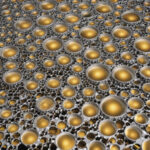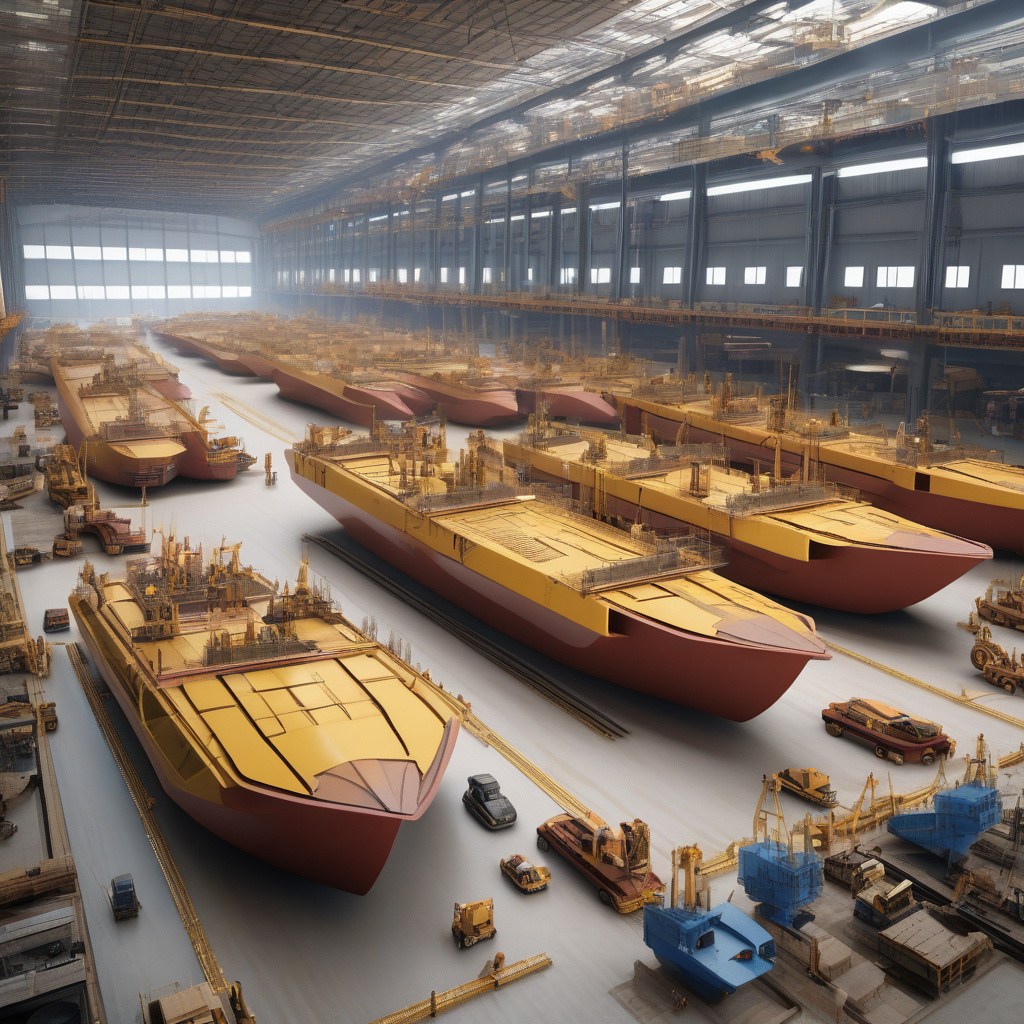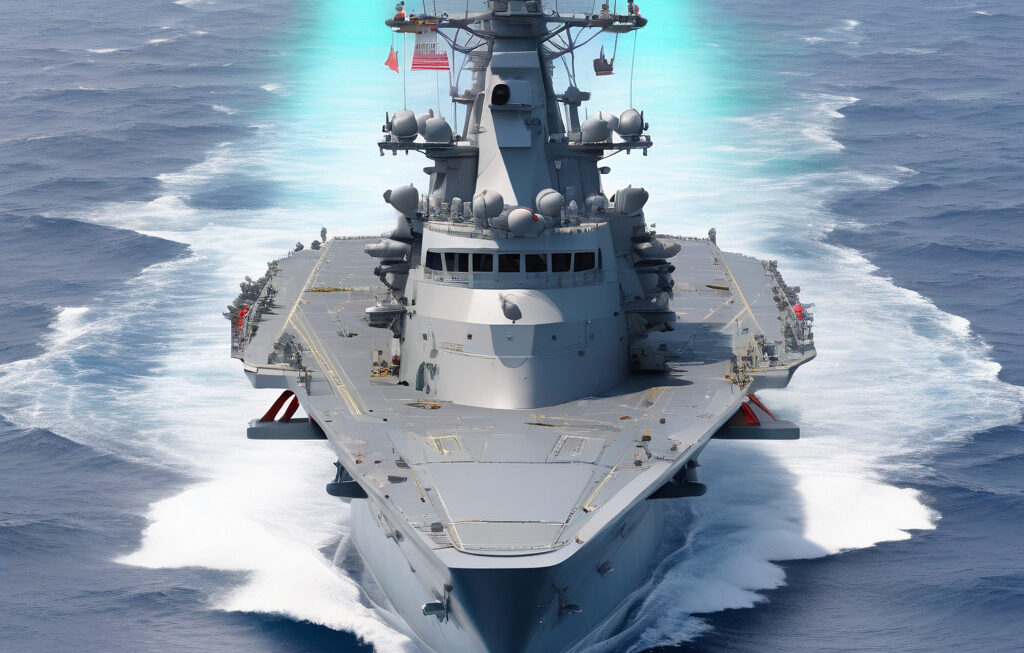China’s Next-Gen Amphibious Barges: A Strategic Move to Flood Taiwan’s Beaches
China’s People’s Liberation Army (PLA) has quietly begun sea trials of its new Shuiqiao-type landing craft, marking a significant development in the country’s military capabilities. These amphibious barges are designed to transport tanks and troops swiftly across water, posing a potential threat to Taiwan’s coastal defenses. The strategic implications of these next-gen vessels have sparked concerns among regional experts and defense analysts.
The Shuiqiao-type landing craft represents a leap forward in China’s amphibious warfare capabilities. With a capacity to carry tanks, armored vehicles, and hundreds of soldiers, these barges can swiftly navigate the waters to deliver a rapid and formidable force to Taiwan’s shores. This development aligns with China’s broader military modernization efforts aimed at enhancing its power projection capabilities in the region.
The amphibious nature of these barges gives China a significant advantage in potential conflicts in the Taiwan Strait. By utilizing these vessels, the PLA can launch swift and coordinated amphibious assaults, catching Taiwan off guard and overwhelming its coastal defenses. This poses a direct challenge to Taiwan’s security and underscores the need for Taipei to bolster its own defense capabilities in response.
Furthermore, the deployment of the Shuiqiao-type landing craft reflects China’s commitment to enhancing its maritime capabilities. As an integral component of its naval modernization efforts, these amphibious barges signal China’s readiness to project power beyond its shores and assert its influence in the region. The ability to deploy troops and equipment swiftly and efficiently via sea routes enhances China’s strategic flexibility and operational reach.
The development of these next-gen amphibious barges also underscores the evolving nature of modern warfare. As technology advances and military strategies evolve, traditional land-based conflicts are increasingly being complemented by amphibious operations. The ability to launch amphibious assaults provides military forces with a versatile and effective means of conducting operations in diverse environments, from coastal regions to islands.
In response to China’s growing maritime capabilities, Taiwan has been enhancing its own defense posture. From investing in advanced naval assets to strengthening coastal defenses, Taipei is taking proactive measures to counter the potential threat posed by the PLA’s amphibious barges. Additionally, Taiwan has been seeking closer security cooperation with like-minded partners, including the United States, to bolster its deterrence capabilities.
The development of China’s next-gen amphibious barges represents a significant milestone in the country’s military modernization efforts. As these vessels undergo sea trials and are integrated into the PLA’s operational capabilities, the strategic balance in the region is likely to shift. The implications of China’s enhanced amphibious warfare capabilities extend beyond Taiwan, impacting regional security dynamics and raising concerns among neighboring countries.
In conclusion, China’s deployment of the Shuiqiao-type landing craft underscores the country’s commitment to enhancing its military capabilities and power projection in the region. These next-gen amphibious barges represent a potent strategic tool that could potentially tip the balance of power in the Taiwan Strait. As regional tensions continue to simmer, the development of these vessels highlights the evolving nature of modern warfare and the imperative for nations to adapt to changing security dynamics.
China, PLA, Taiwan, Military Modernization, Regional Security












